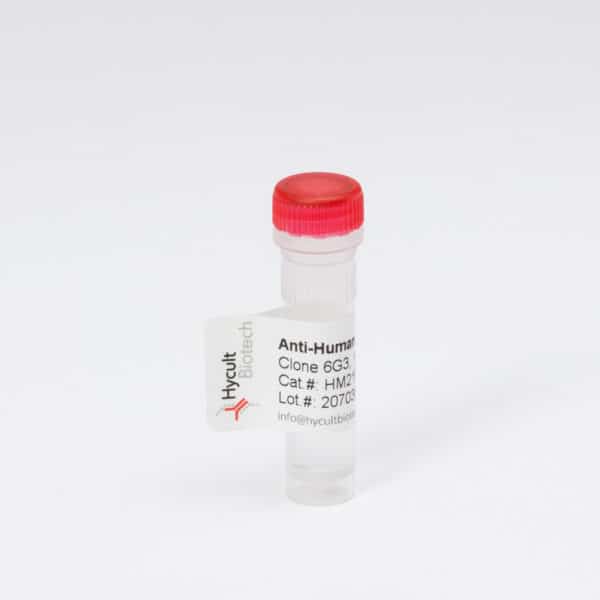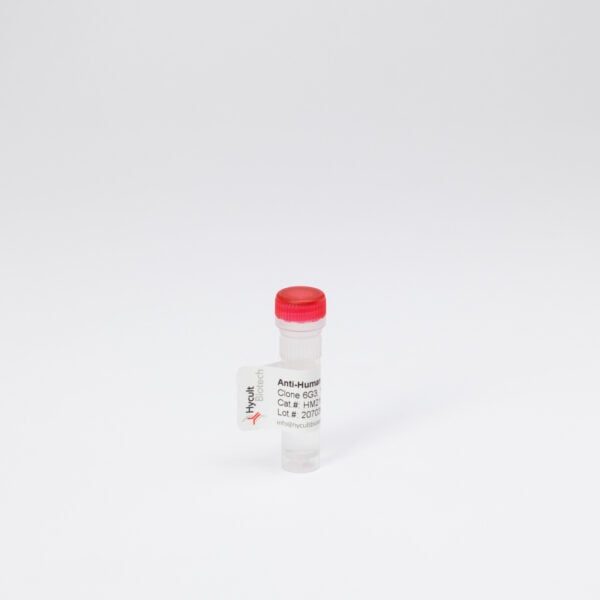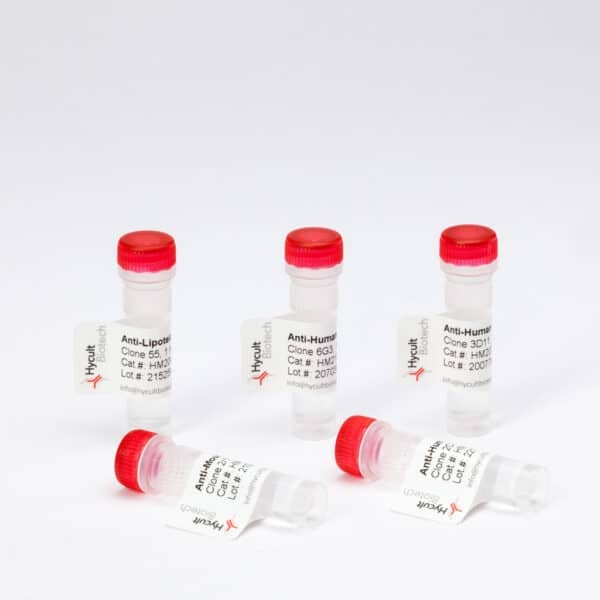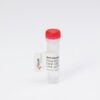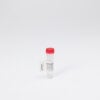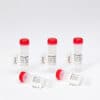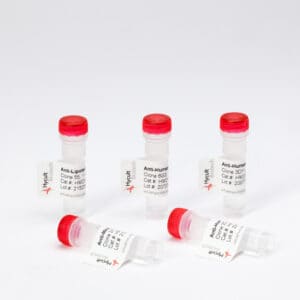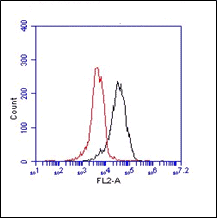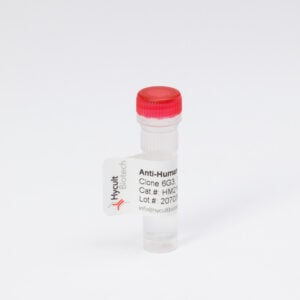Pro SP-C, Human, pAb
€133.00 – €456.00
The polyclonal antibody recognizes the human surfactant protein C (SP-C). There are four surfactant-specific proteins, designated surfactant protein A (SP-A), SP-B, SP-C and SP-D respectively. SP-A and SP-D are hydrophilic surfactant proteins and are members of the collectin family. SP-B and SP-C are hydrophobic surfactant proteins and may be the most appropriate indicators for the evolutionary origin of surfactant. SP-C is a 34-35 amino acid peptide, of 4 kD that is proteolytically processed from a 21 kD precursor protein. SP-C is initiated early in the embryogenic period of lung formation, where SP-C transcripts are detected uniformly in epithelial cells lining the primitive airways. During lung development SP-C expression is decreased in cells of the proximal conducting portion of the lung. Ultimately SP-C is expressed selectively in type II epithelial cells in the alveolus of the lung. SP-C is secreted into the airspace where it enhances the spreading and stability of surfactant phospholipids in the alveolus. SP-C plays an important role in the spreading and stabilization of phospholipid films in the alveolus. SP-C is essential for air-breathing in mammals and is therefore largely conserved. Deficiency of SP-C and other surfactant components is associated with respiratory distress syndrome (RDS) in premature infants and adults with respiratory distress syndrome (ARDS). The polyclonal antibody is raised against recombinant human pro-SP-C (AA 1-33), GST fusion. The polyclonal antibody is cross reactive with mouse SP-C.
